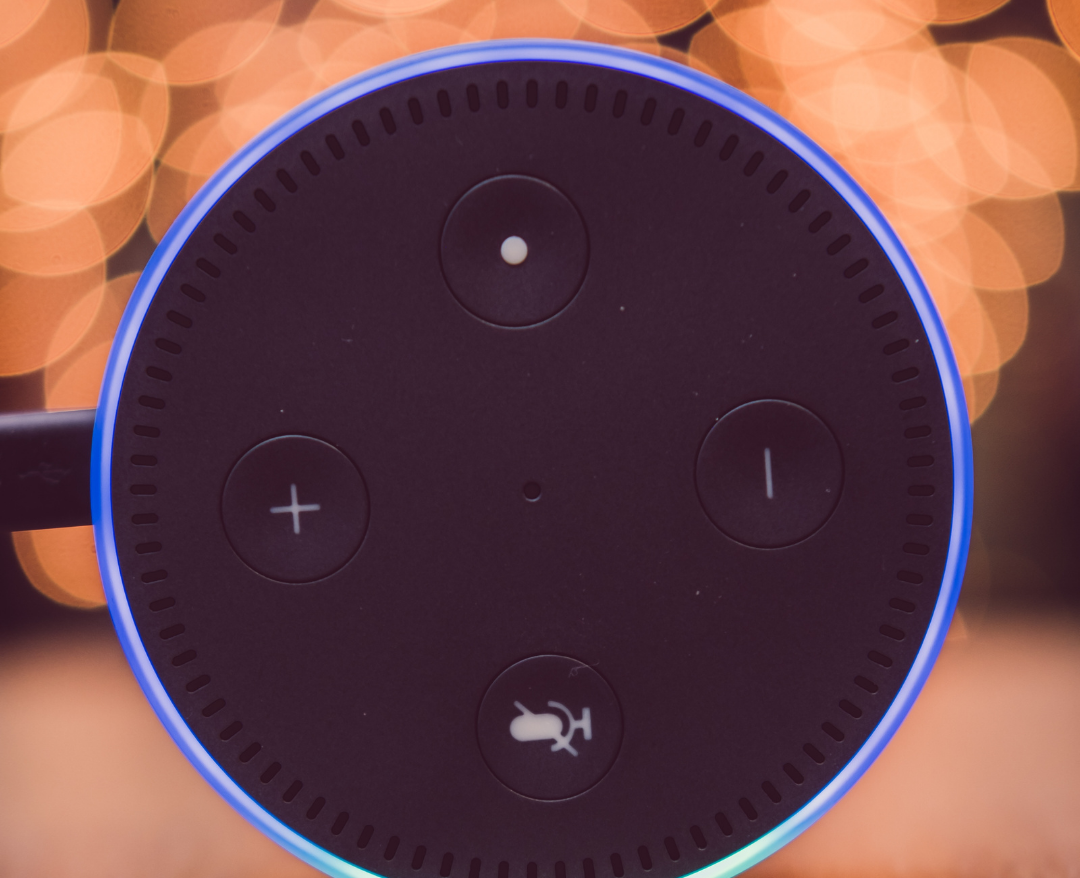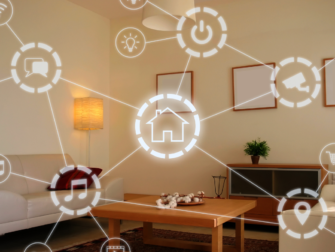Do you know the basics of home automation? If so, you’re ahead of the pack. So, what’s in it for you? Home automation allows you to automate your home with a technology called the Internet of Things (IoT). The IoT allows devices to communicate with one another wirelessly, using small chips inside them that are accessed using apps on your smartphone or tablet.
Here Are Open-Source Home Automation Platforms to Use:
- Simplisafe
SimpliSafe is a company that has been active in the home security sector for quite a while now. They have no affiliation with any of the big three home security companies. They market themselves as an “open-source” home security company. This means that they don’t use proprietary technology. They instead offer support through a network of users. They also offer their system as a DIY system. That means you can buy the system and install it yourself, saving a lot of money.
- Savant
Savant’s platform provides homeowners with a way to control their entire home using one app and voice command and custom integrations with third-party home automation devices. Savant’s platform is built using software that is open source, meaning other developers can make devices using the platform and have the ability to add features or fix problems with the platform. Savant’s platform supports over 60 smart home devices, from thermostats to security cameras.
- Wink
Wink is an open-source smart home platform. It uses Wi-Fi and Bluetooth Smart technology to connect your devices to your home. It is compatible with over 90,000 smart devices and apps from over 15,000 providers. Home automation technology is changing lives, providing a level of convenience once unthinkable. With new tech comes new security risks, and hackers are eager to take advantage of those who open themselves up to unsecured IoT devices. But, home tech is getting better every day, and systems like Wink are putting users in control of their smart devices from almost anywhere.
- Apple HomeKit
Apple HomeKit is Apple’s home automation platform that debuted late last year. It’s designed to control various smart home devices using Apple devices like the iPhone, iPad, iPod Touch, and Apple TV. While Apple HomeKit offers support for various third-party hardware, it also offers support for open-source home automation platforms. Apple Home Kit is among the most popular home automation platforms. HomeKit incorporates three different technologies: home automation, app control, and Siri, Apple’s virtual assistant. The HomeKit platform allows users to control their devices using Siri voice control or through the Home app on compatible devices. HomeKit also integrates with other smart home technologies and upgrades, such as Samsung SmartThings.
- Samsung SmartThings
Samsung SmartThings is the most powerful smart home system available on the Android platform. While SmartThings offers more home automation features than any other platform available, there are only three smart home systems on the market with more home automation features than SmartThings. SmartThings is an open-source platform, which means the company doesn’t charge a monthly fee to have a SmartThings hub installed in your home. You can install the Samsung SmartThings hub yourself or install it with a professional’s help.
- Control4
In the control of a home, automation can seem like an overwhelming task to accomplish. While using a 3rd party control system such as Control4 automation to create the ultimate smart home setup may seem the best choice, it can be expensive and time-consuming. The Control4 home automation system, however, is open source. This allows you to control the system yourself, making it easy to install and work with. While Control4’s offering might not be as flexible as other options, it is free.
- Google Nest
When we talk about smart home devices, Google’s Nest is the first name that pops into most people’s minds. Google’s smart home devices have made quite an impact since they were first introduced. The Google Nest Learning Thermostat, which debuted in October 2014, is specially designed to monitor and control your home’s temperature. This thermostat learns about your home’s heating and cooling needs and adjusts accordingly. For instance, if you come home late from work, your Google Nest Learning Thermostat can sense your presence and adjust the home’s temperature accordingly.
- Amazon Alexa.
Amazon has stepped up its game in the home technology realm with the launch of its Alexa tech. Amazon Alexa is a sort of virtual assistant that answers your questions, controls your smart devices, and helps you shop for products. Alexa is open source, so developers can tap into Amazon’s voice platform to create their own Alexa skills. So if you create an awesome skill, you can sell it to Amazon.
Thanks to smart devices, home automation, and smart thermostats, today’s homes are smarter. This home automation revolution began with the humble home thermostat and has expanded to a smart sprinkler system, smart locks, smart security systems, and smart refrigerators. But home automation doesn’t stop at household amenities. You can also automate the lights in your home, home security, and even monitor the weather.



